Let’s Talk About K9 Diet and Where to Start
Being a pet owner for years doesn’t automatically make one a pet nutritionist. I am not going to pretend I know better than anyone, I’m just another paranoid pet owner who probably spends too much time on this topic. The purpose of writing this article is just to put together all the resources I gathered throughout the years and to provide easier access not only to new pet owners but also experienced pet parents. I hope this article will be like a directory that anyone can glance through and branch out from here to learn more. It’s a collection of some big topics I’ve read, and hope to use to give readers a direction.
You’ve probably heard people swear by keto, paleo or gluten-free diets…etc. Foods that are necessary to meet a dog’s nutritional needs also come in many varieties.
First of all, I recommend checking the videos and article listed below to have a general idea of what are appropriate diet options for dogs and cats:
- Where to watch it :
- Where to read more :
Table of Contents
If you would like to jump to a certain topic you can use these tags below to fast travel, yet you might miss out a lot of information given in different sections :
Commercial Kibble/Dry
If you finished the 20 min video above and are still interested to know more, I highly recommend watching this documentary. You’ll be surprised by the history of the commercial pet food industry and tricks some pet food companies use to get consumers hooked to the idea using their food is the only way to go.
- Where to watch it :
If you don’t feel like spending money on watching the documentary, here is an alternative shortened content that you can watch for free:
- Where to watch it :
There are some widely believed myths when it comes to feeding kibbles, we can consider whether or not they are true:
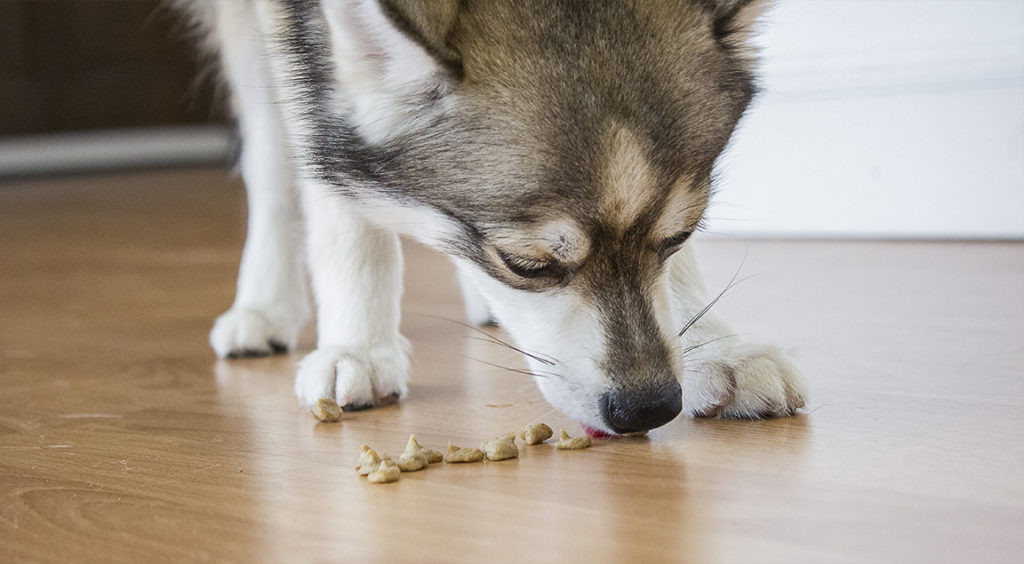
◍ Myth
● Kibbles lasts for a long time and does not need to be refrigerated?
There are a number of potentially dangerous preservatives used in pet food. Also keep in mind some ingredients will not be disclosed on the dog food label, below are some articles you can learn more about this topic from reputable websites:
● Kibbles helps to keep your dog’s teeth healthy?
In short, kibbles aren’t a miracle food for keeping teeth clean. Brushing teeth daily is still the best way to prevent the formation of periodontal disease in dogs and cats.
● Easy to use during traveling?
One of the great reasons to choose to feed your pet kibbles is it requires no preparation, and can be easy to pack especially when traveling. Me and TT traveled a lot, and we did go through stages of using kibbles, but we also tried different options and we encourage you to try them too!
We have used commercial canned food, dehydrated our home made food and brought it to a 2 weeks long road trip, and also tried commercial raw dehydrated food. If the destination is within a few hours drive, we often book a room that comes with a fridge and simply bring our home made fresh food with a padded insulated thermal bag.
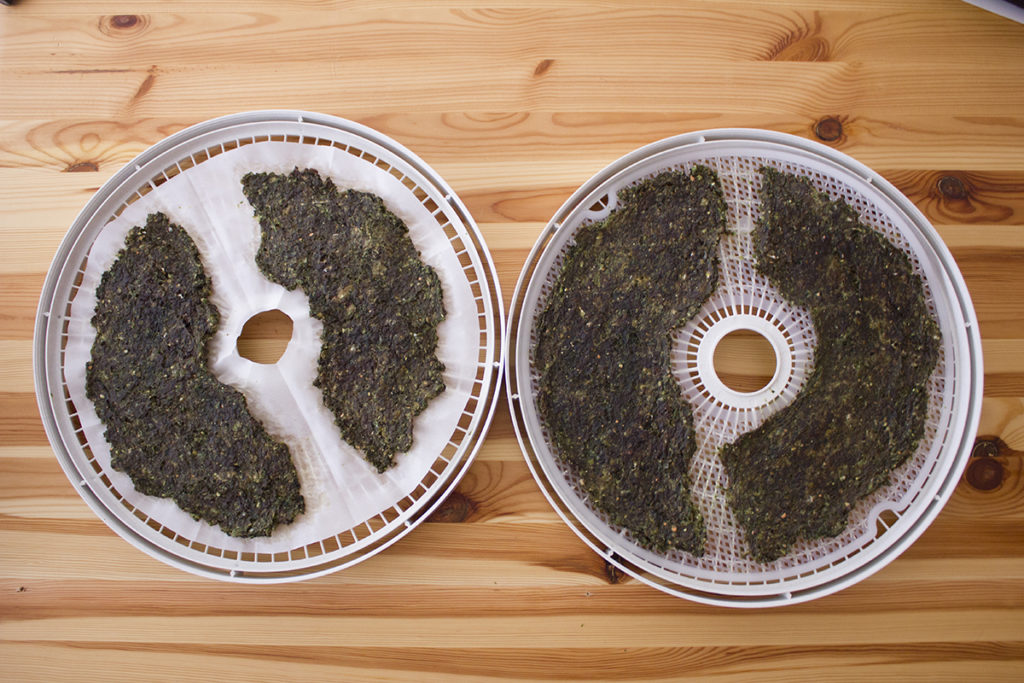
● Budget friendly?
Kibbles could be the cheapest option if we don’t consider the quality of the food. When making home made food, ingredients normally cost $30-$40 per month for TT as a dog less than 20lbs, and $20 – $30 for Sha-Sha as a tiny 10lbs cat. This also depends on where you live, the place you source your food from, and also what type of protein you are feeding them. Buying chicken from wholesale stores is usually the cheapest option for us, and of course if we don’t consider your own labor ie. the time you have to spend on making the food.
There’s still ways to get better quality kibbles but cheaper :
◍ What’s the catch?
● Ingredient, Ingredient, Ingredient
Like all the ingredient lists out there from human food to beauty products, the rules are the same – ingredients are listed by quantity from highest to lowest amount in the product, meaning you should probably steer clear from a commercial pet food when you see the first ingredient is not protein. Also keep in mind that ingredients are weighted before they are cooked. Meat contains about 70% moisture and is very heavy, but after it’s cooked and dried what’s left in the kibble could contain less than 8% protein.
Here are some websites I highly recommend reading before buying dry food:
- Where to read more :
● Meat vs Meal
We make sure the first ingredient is protein, and now what? You might notice there are 2 types of protein you will see on the packaging, for example chicken or chicken meal. Pet food having meat meal as the first ingredient is usually cheaper because sometimes it is made from slaughterhouse waste that is not edible or sellable for humans.
Below are some articles that can help you to learn more about how to distinguish good from bad:
● Secrets behind the name of the food, Meal? Dinner?
>All : Constitutes 100% of the total weight of the product.
ie. All-Beef Dog Food.
>Food : Constitutes at least 95% of the total weight of the product.
ie. Chicken Cat Food.
>Dinner/Entrée/Grill/Platter/Formula : 25% to 95% of the total weight of the product.
ie. Turkey Dinner for Puppy, Cat’s Favorite Poultry Entrée Cat Food.
>With : At least 3% but less than 25% of the total weight of the product.
ie. Delight Dog Food With Salmon and Rice.
>Flavored : A specific percentage of meat is not required.
ie. Beef Flavored Cat Food.
I listed some helpful links below, PetMD also has some insight on how misleading naming on pet food packagings could be:
● What about food recalls?
There’s a great way to passively monitor the safety of what you are feeding your pets, which is to sign up to get alerted about recalls. Dog Food Advisor doesn’t send you ads, only alerts to help you to keep your pet safe when there’s a recall. Another way is to actively check the info on FDA website:
● Will kibbles result in dehydration in your pet?
Dry foods have low moisture, typically containing around 6-12%. In comparison, dogs evolved to eat food containing closer to 70% moisture. Adding water to our dog’s food is a cost-free step we all can do to ensure they stay healthy. Moisture is extremely important for canine maintaining body temperature, healthy circulation and a proper digestive tract to breakdown nutrients. The lack of moisture can lead to constant dehydration and other health issues which are common especially with kibble diet.
- Where to get info :
- Where to watch it :
◍ Other solutions
● Use a homemade food as a topper
Most dry foods lack protein and if your dog is on a kibble diet, adding some fresh food like chicken or egg pieces as toppings can be another way to level up your pet’s meal without hurting your wallet.
Commercial Canned/Moist
As you can imagine, canned food contains more water, and probably smells more appealing compared to kibbles to some pets. There’s also less concern of preservative use, less carb-heavy than dry food, longer shelf life…etc. You can also utilize websites I provided above to find ingredient lists and ratings of different canned food.
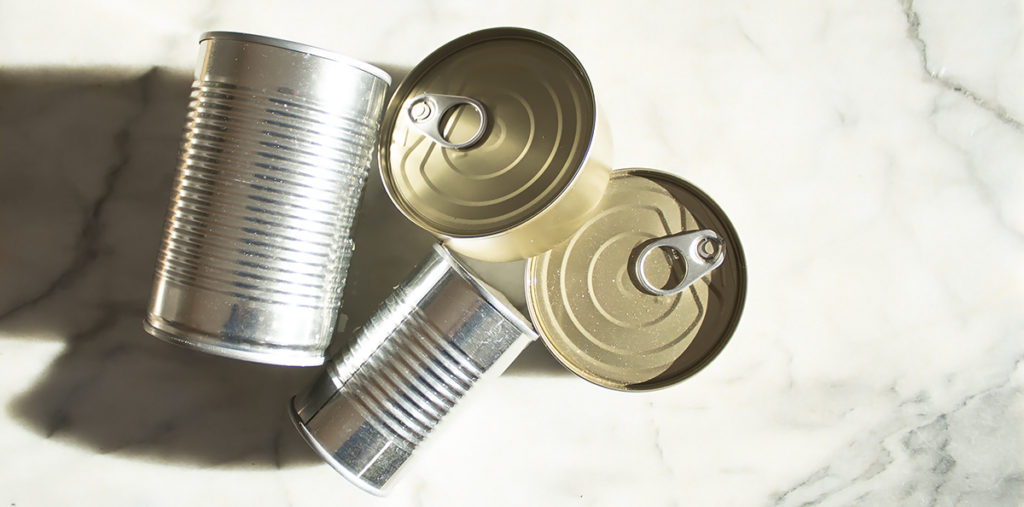
◍ What’s the catch?
● Thickening Emulsifiers
Almost all brands utilize a thickening agent to bring canned food to certain texture of consistency, such as carrageenan, guar gum, xanthan gum, starch etc…
I decided to put some citations from a cat-centric website not only because we have a cat in house but also Cat Centric has great in-depth information about each emulsifier that can impact your pet’s health. The author also included several references for you to dive deeper if you wish.
● BPA
Most cans are lined with Bisphenol-A (BPA) as a barrier material. There are many studies linking BPA escape from packaging to health problems for humans and animals, yet the FDA still considers BPA “safe at the current levels occurring in foods.” This is something worth considering for some pet owners.
Commercial Dehydrated/Freeze-Dried
Fresh food is of course still one of the healthiest options for your pet, but it’s not time-efficient. With less damage to the protein’s enzymes/vitamins than cooking temperatures would cause, dehydrated pet food provides a great solution that is healthy, safe, lightweight, convenient to store and easy to prepare by just adding water.
Under this category you’ll see dehydrated (air-dried) or freeze-dried:
● Dehydrated
Dehydrated foods can be considered as a step up from kibble/canned food. The dehydration process still applies heat to the ingredients but it’s a much gentler process.
● Freeze-dried
Freeze-dried foods are the same as raw frozen, except the moisture has been removed, so they’re still technically raw. As more and more pet parents have started to believe the benefits of a raw diet, it’s gained popularity in the households that can afford it. While freeze-drying is a rather expensive process, it provides an option for pet parents who don’t want to handle raw food.
● What if I can’t afford them?
Consider to use it as a topper for kibbles or canned food diet.
Commercial Fresh/Custom Food
Another type of diet option is commercial fresh food (cooked). Some come with personalization or subscriptions, and most of them are sold online and delivered to the door.
◍ What to consider
Below are some topics you can consider if this fresh food diet plan is for you and your pet:
● Budget?
Investing in fresh food delivery you will be looking at around $25 (if you can find a discount)-$40 every week for a 20lb dog (numbers might differ based on where you are from, this article is written in 2020 and based in the US.). It could be cheaper or more expensive than homemade depending on where you source your ingredients and what quality of food you are using. But there’s no doubt purchasing does save time.
We have never tried any fresh dog/cat food because in my personal opinion it’s way cheaper to source higher quality human-grade food to cook our homemade pet food, especially when it comes to higher or 100% proteins diet, and it only takes about 40 minutes of my time every month. Another thing to consider is “you pay for what you get”, manufacturers need profit, and where are they getting their profits from?
● Delivery service and packaging does to our environment
Not everyone is able to stay at home to receive food delivery and if you care a little bit about our earth, consider how much waste a weekly subscription will create. Manufacturers will tell you some of their packaging might be recyclable, but recycling should not ease our mind so much that we can put a badge on our chest because what we did will eliminate the “damage” done. Reduce and reuse are far more effective than just recycling.
Please don’t look away from this issue we are all facing, and there’s no doubt cans have a higher recycle rate than plastic (90 days back on to the shelf!) because it has a more robust recycling system without any loss of its original quality.
Another thing we can consider is if you decide to roll with subscription food delivery, maybe order more food less frequently to minimize the carbon footprints. But remember, buying a huge bag of kibbles every other month probably does less harm than ordering weekly fresh food to your door.
Here are some videos I highly recommend to watch talking about why recycling is broken and it’s not as magical as you may have thought:
- Where to watch it :
- Where to read more :
- Where to find a book :
● Ease in mind for balanced diet
A great thing about feeding commercial fresh food for your pet is that you don’t have to bang your head against the wall to figure out how to provide a complete balanced healthy diet. Of course first you have to find a trustworthy company and rely on their decision making. My suggestion is if you are not sure, bring the ingredient list to your vet and have a discussion before spending your money on a product simply because they have a pretty looking website.
Commercial Raw
While feeding raw is still a topic filled with controversy, there are dogs who absolutely thrive on it. However some do not, and I recommend to do your own research as well as consult with your vet and nutritionists. Most of the regular veterinarians do not support raw diet, let’s discover why:
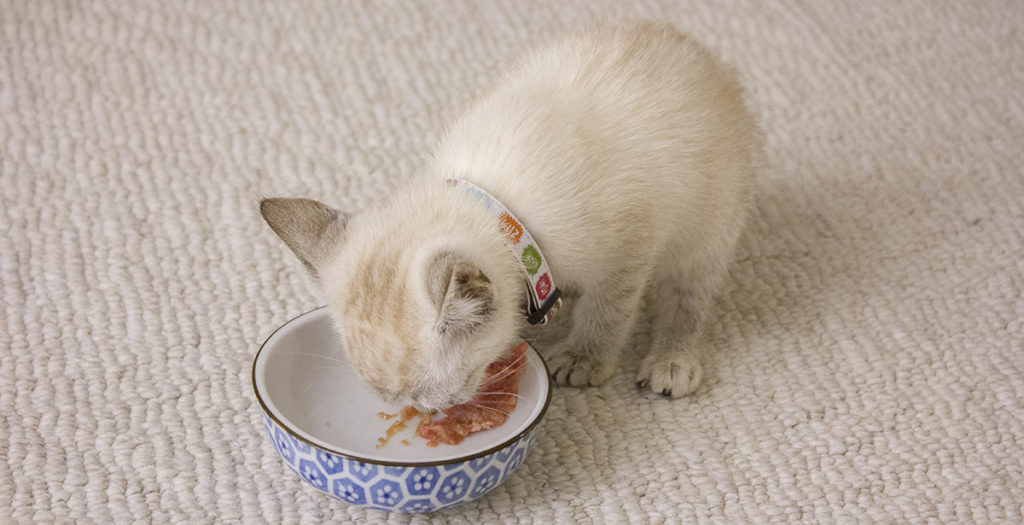
◍ What’s the catch?
● Is raw feeding really the best?
- Where to watch it :
- Where to read more :
● PetMD – Raw Dog Food: Dietary Concerns, Benefits, and Risks
● SkeptVet – More Nonsense from Holistic Vets about Commercial Therapeutic Diets
● Dogs Naturally Magazine – Busted: Dogs Naturally Calls Bull$hit On Prescription Diet Dog Food
● Veterinary Medical Center at Tufts – Raw Diets: A Healthy Choice or a Raw Deal?
● Have you heard about 4D meat?
● Is raw food safe?
The CDC actively discourages people from feeding raw pet foods. Their main concern is humans getting sick from bacteria in the foods. But think about this, if you cook any kind of meat for yourself isn’t the risk is the same?
● Fat!
Fatty meat is cheaper than lean meat. Trim is the cut of meat after all human-grade and lean cuts have been removed. Unfortunately raw dog food manufacturers may use higher fat meat from trim to keep costs down. Worst of all, sometimes you can’t find the correct information on the label. Remember, you get what you pay for.
● Prepping and storage
Storing raw food takes up a lot of freezer space, and pet owners also have to build up a habit to remember defrosting the food before each meal. It’s important not to let raw food sit out for too long, meaning this could be a challenge for feeding a finicky dog or a slow eating cat.
I had TT try out a raw diet briefly when he was young, but his eating habit made keeping raw food safe an even tougher task than it already was, and I eventually gave up. On the other hand our friend Jennifer who owns 4 dogs has had successful experience keeping all her pups on a raw food diet for over 10 years. The way she manages the storage space is to buy a separate freezer chest.
◍ Where to source?
If you decided to purchase raw food for your pet, you might find it hard to source from normal grocery stores or big chain pet stores. Here are places consumers can usually find raw pet foods:
● Pet food companies
Raw pet food from big pet food companies can usually be found on online pet stores or some local pet supplies. You may have a better chance to find wider varieties from those who claim they only sell “higher quality” pet products. Otherwise I suggest going online. Our online shopping for pet supplies is 99% through Chewy simply because they carry more brands, have amazing customer service (you can return food your dog doesn’t like), and they were once tax free (sadly no longer).
- Where I got it :
● Blucher/Farmer
Some butcher shops sell pet food or actually specialize in pet-only food produce. Pet parents have to keep an eye out to make sure the food meets an appropriately balanced diet for example meat to bone ratio. We’ve only ordered from one place and have had good experiences. I am sure there are other great sellers but I can’t speak for them.
- Where I got it :
● Co-ops and grocery stores
Another place you may find raw pet food is in some local Co-op stores or some more high end grocery stores. Those packages are usually tucked in the corner of the human frozen food section.
Home Made Fresh
Starting a homemade diet no doubt requires detailed planning and dedication.
- Where to watch it :
◍ Myth
● Homemade is always healthier
Homemade should not be considered the safest choice or a cure for all your problems. It is important to educate yourself with canine nutrition, and individual pets’ dietary needs.
If you’re not vigilant, making pet food by yourself can result in them lacking some necessary nutrition and developing deficiencies. If an owner is not familiarized with canine diet needs, it can severely sabotage their pet’s health. In that case it’s better to just feed commercial foods, since an imbalanced diet is considered worse than kibbles.
Check in with a veterinarian often, as a vet can help you catch any deficiencies in your pet’s diet before it becomes a larger problem. Regular check ups and blood work can provide proof that your homemade diet really is what is best for your pet.
● Homemade is expansive
Some say feeding homemade food is more costly than buying commercial food depending on where you source your ingredients. I encourage people to look for good quality and not to choose things simply because they are cheaper. If you compare foods and some are more expensive than others, it is good to know why.
As I mentioned above, ingredients normally cost me $30-$40 per month for TT as a dog less than 20lbs, $20 – $30 for Sha-Sha as a tiny 10lbs cat in our house.
● Homemade takes a lot of time
Yes, making homemade food for your pet takes time. I remember the time I had to work over 85 hours a week and still managed to spend 40 minutes to make a new batch of pet food for TT and Sha-Sha, and that batch lasted a month for them.
There are different methods for making the food. Personally, I push all the ingredients through a grinder which saves a tremendous amount of time vs. someone like Jennifer who prefers to blend vegetables in an electric blender and mix them in later. Occasionally I will set aside some meat and chop it up in bigger pieces later, adding them back into the ground mixture to give more variety of texture so that eating is a fun experience for TT and Sha-Sha.
- Where I got it :

Consider making a big batch instead of cooking every single day. If you prefer to cook everyday, you could actually blend all the vegetables and freeze them into ice trays while portioning out meat and other ingredients. When it comes to meal time you can just pop frozen cubes into the pan and finish cooking within 5 minutes. Doing it this way can help your pet food making process become more systematic and save you some time.
◍ Where to start?
Diving into a homemade diet whether it’s cooked or raw can be difficult. I have listed some resources I found extremely helpful when I first started:
◍ What else to consider?
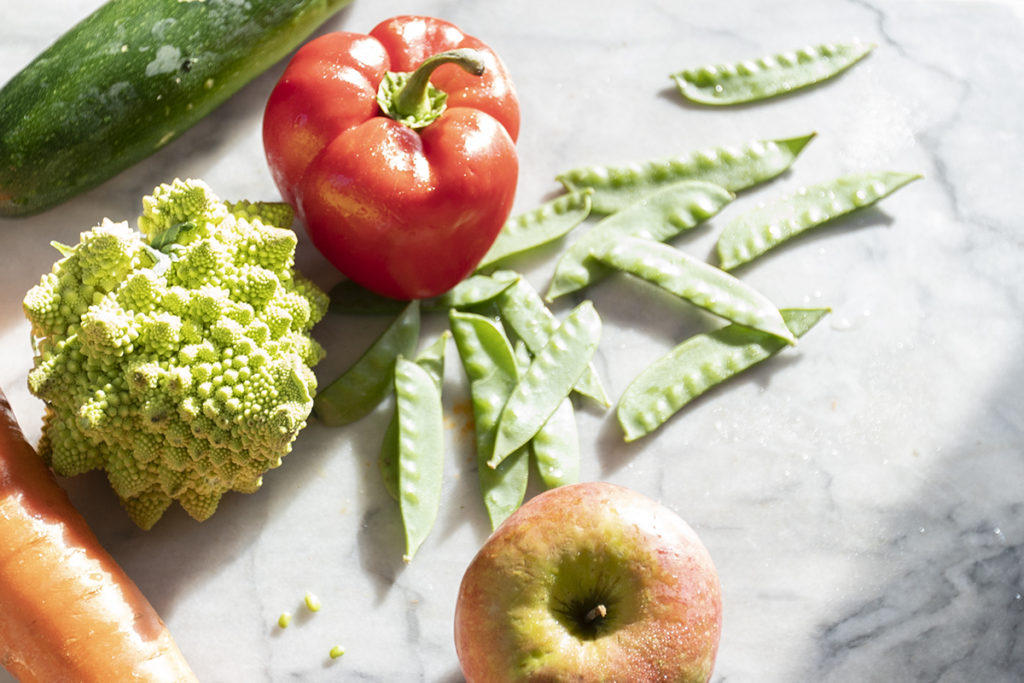
● Should I feed them fruits and vegetables?
Vegetables’ role in dogs diet has been another big topic people discuss all the time. One school of thought believes that adding vegetable in dogs food is inappropriate, they believe dogs do not need plant matter. Others emphasize the need for both veggies and fruit to boost essential nutrients.
Regardless, veterinarians all agree that dogs are incredibly adaptable, extra vegetables and fruits in their daily diet won’t hurt them.
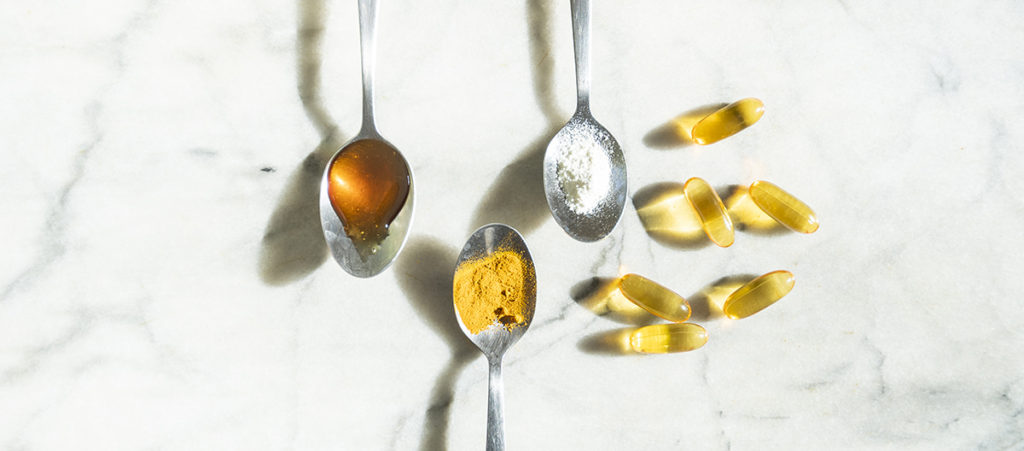
● Is supplementation necessary?
Some people argue a well balanced diet doesn’t need supplementation. My suggestion is always to speak with a nutritionist or veterinarian who is well-versed in species appropriate nutrition.
People who support adding supplementation into homemade foods give the reason that heating and freezing may destroy some nutrients in the food.
Below are some articles you can find more answers in, as well as products I give TT and Sha-Sha, which is just fish oil. The kind of fish oil that comes with a pump is easier to use, but if you purchase it in capsule form, you can pop it with a needle and squeeze it on top of their food.
- Where to read more :
- Where I got it :
● Where is Calcium?
You MUST add calcium when you provide a diet that does not include bones, which is common in homemade cooked diets because people don’t often use a grinder to grind the meat with bones.
Dogs also need the calcium to be supplied proportionately to phosphorus. Below I provide a variety of different options you can try including eggshell, kelp, bone meal… etc.
◍ Social Groups
It’s very helpful to be able to have discussions with others and find a group of people who also have their pets on a homemade diet:
Home Made Raw
We own a grinder because I started TT on a homemade raw diet when he was young. The reason why we stopped giving him raw food is because raw meat is hard to travel with. Also since TT is a finicky and slow eating dog, dealing with leftover unfresh raw food was a problem for me, and I don’t want to waste food.
I discussed some important topics about raw diet earlier under the commercial raw section, including the controversies, safety etc.. if you missed it you can click below:
In this below section I will ONLY put down what I didn’t include in the commercial raw.
◍ Raw feeding diet models
Just like home made fresh food, there are also several methods of feeding your dog a raw diet.
● Prey Model Raw (PMR)
A guidelines includes 80% muscle meat, 10% bone, 5% liver, 5% secreting organs and can be achieved by offering the whole prey. PMR is based on the belief that dogs are domesticated wolves, and they are carnivorous.
● Biologically Appropriate Raw Foods (formerly Bones And Raw Food, in short BARF)
The standard ratio guideline to follow is 70% muscle meat, 10% bone, 5% liver, 5% secreting organs, and 10% vegetables and fruit.
● Franken Prey
The idea is to use multiple animal protein ingredients to create a semi-whole animal to accomplish the PMR whole prey diet. Can be created by following PMR 80/10/5/5 ratio or BARF 70/10/10/5/5 ratio.
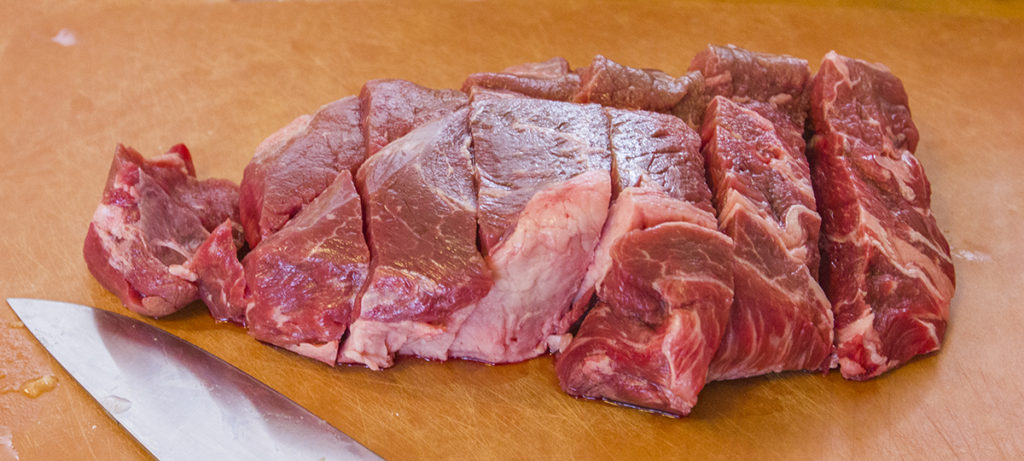
◍ Where to Source?
You could find your meat source from a reliable butcher/Co-op group who provides fresh meat and it doesn’t need to have a sticker on top that says “dog food” because our goal here is to feed our dog “human grade” food. In the below section you can find lists of links where you can source your meat, ideally from a group or provider in your area.
◍ Social Group
Just like homemade cooked food, in the world of raw feeding there are many groups and pages you can join to collect more information or talk to experienced raw feeding pet owners to exchange ideas:
Bottom Line
◍ So… which one is the best method?
What diet method you choose for your pet must align with individual needs, although you might hear from different professionals claiming different diet models are the best. It’s important to have an open mind so you can work out what is best for your dog and your lifestyle because there’s not just one correct way.
To pick a diet method that you can follow through year after year is equally important. Building up successful experiences without piling up stress just because you want to hit a higher goal can help you to stick with it longer and be more likely to keep doing it which benefits your dog in the long run.
Being a pet parent is a journey of constant observation and discovery. Staying vigilant about what is working for your pets and what isn’t is crucial when taking their nutritional needs into your hands.
◍ Diet Rotation
The importance of diet rotation can apply to all kinds of diet methods, and can help your dog achieve a long term nutritional balance. The articles listed below further explain why you shouldn’t seek for a “perfect” one kind of food to feed your dog for his/her entire life.
◍ Locate a Veterinarian / Nutritionist
If you find it hard to locate a veterinarian whose dietary suggestions align with your vision, you can try to ask for a referral from your vet or search for a board certified veterinary nutritionist near you. A holistic vet may also be worth looking into for people who want to avoid commercial pet food altogether(such as prescription diet).
◍ More?
If you are still with me and wish to read even more, here are some more things I recommend:
- Where to read more :
- Where to find a book :

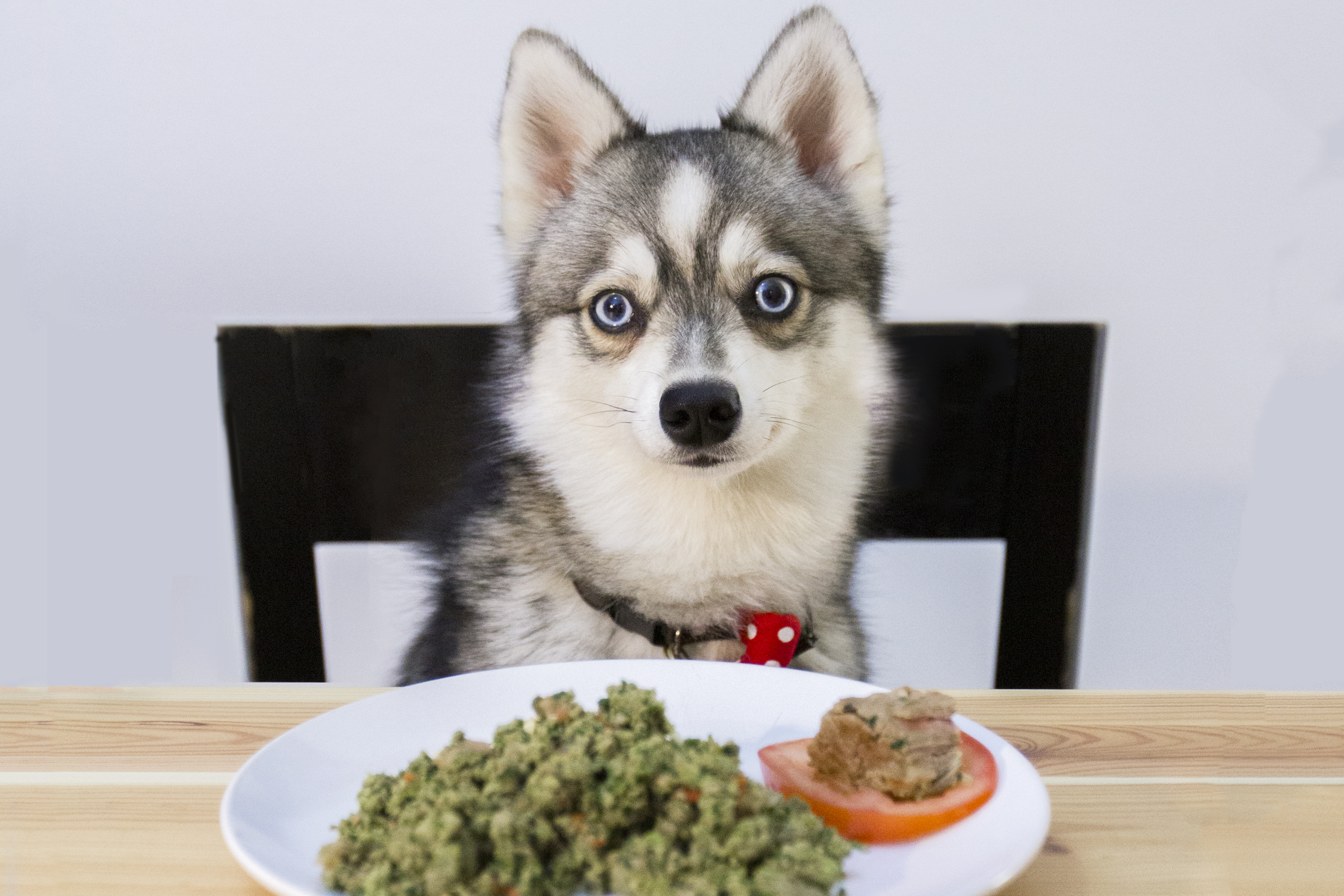
Leave a Reply